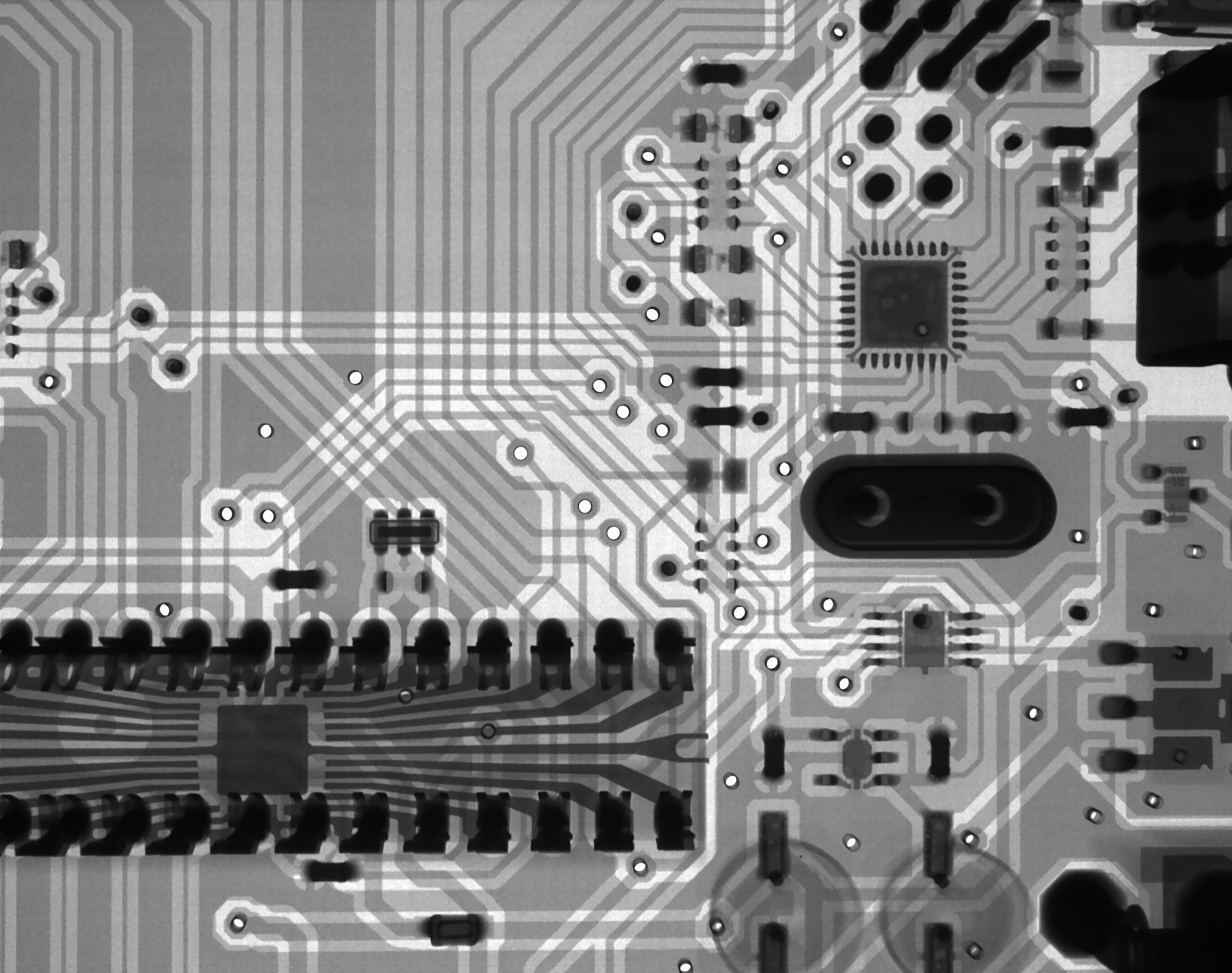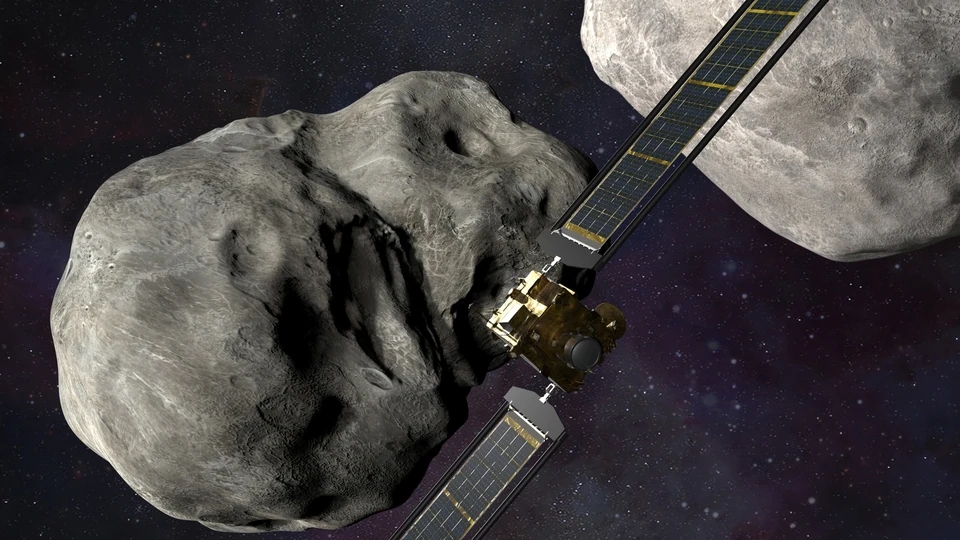As the world continues to advance with technology, it is no surprise that tech skills are becoming more and more valuable in the workforce. But what does this mean for science education? As educators, we have a responsibility to prepare our students for a future where technology will play an even bigger role than it does now. Integrating tech skills into science education can help create a future-ready workforce that is equipped with the knowledge and abilities needed to succeed in tomorrow’s job market. In this blog post, we’ll explore why integrating tech skills into science education matters and how it can benefit both students and society as a whole.
What is the future of work?
The world of work is rapidly changing, and it’s important for educators to stay up-to-date with the latest trends. Many jobs that exist today may become obsolete in the future, while new opportunities will arise in emerging fields such as artificial intelligence (AI), machine learning, and cybersecurity.
One major trend that we’re seeing is the increasing reliance on technology across all industries. This means that workers who are comfortable with tech skills like coding, data analysis, and software development will be in high demand.
Another trend is the rise of remote work. As more companies adopt flexible working arrangements, employees will need to be able to collaborate effectively from different locations using digital tools.
Many experts predict that soft skills such as creativity, critical thinking, communication and adaptability will become even more valuable than technical know-how. As AI and automation take over certain tasks previously done by humans, workers who can bring a human touch to their roles will stand out.
Though one thing is certain – those who are adaptable enough to keep pace with these changes are likely to thrive in this exciting new era of work!
Why integrate tech skills into science education?
In today’s world, technology plays a significant role in almost every aspect of our lives. Therefore, it is crucial to integrate tech skills into science education. Science and technology are intertwined fields that work together to bring about innovation and advancements.
By integrating tech skills into science education, students can gain a better understanding of how scientific concepts apply in the real world. They can learn how to use different software programs and tools that scientists use to conduct research and analyze data.
Moreover, as many jobs require some degree of technological proficiency these days, having a strong foundation in both science and technology will make students more competitive in the job market. Integrating tech skills into science education provides them with an edge over their peers who have not received such training.
Furthermore, incorporating hands-on experience with various technologies during lessons helps students develop problem-solving skills that are critical for success in any field they choose to pursue later on.
Integrating tech skills into science education prepares students for the future by equipping them with essential knowledge and competencies necessary for success in today’s highly digitalized world.
What are the benefits of integrating tech skills into science education?
Integrating tech skills into science education is becoming increasingly important in today’s world. With the rapid advancements in technology, it is necessary for students to develop a strong foundation of tech literacy and knowledge. Here are some benefits of integrating tech skills into science education:
Firstly, integrating tech skills into science education helps prepare students for future job opportunities as many jobs now require some level of understanding or experience with technology. This will make them more marketable in the workforce.
Secondly, it can also improve problem-solving and critical thinking skills as students learn how to use technology to conduct research and analyze data. They will be able to identify patterns and connections between different sets of information which leads them towards better decision making.
Thirdly, through integration with real-time simulation tools, digital microscopy or other interactive learning methods; student comprehension levels can increase significantly by creating an engaging learning environment that enhances their ability to understand scientific concepts quickly.
Incorporating technology within the classroom provides an opportunity for educators to create personalized learning experiences tailored specifically towards individualized needs. This allows teachers to differentiate instruction based on each student’s unique abilities while providing relevant educational content that fosters meaningful growth both academically and personally
How can we make sure our students are ready for the future of work?
Preparing students for the future of work is a crucial responsibility that lies with educators, parents and policymakers. The rapidly evolving job market requires up-to-date skills and knowledge from graduates, making it essential to integrate tech skills into science education.
Firstly, we need to equip our students with digital literacy skills such as coding and programming languages like Python, Java or HTML. These are fundamental skills in today’s workforce where technology is ubiquitous in all industries.
Secondly, we must encourage interdisciplinary learning which involves integrating science subjects with other areas like arts or humanities. This will help students develop critical thinking abilities and creativity that are highly valued in workplaces.
Thirdly, providing practical experiences through internships or apprenticeships can also help bridge the gap between classroom learning and real-world application of knowledge.
Fourthly, mentoring programs could ensure that every student has access to personalized guidance on career planning based on their interests and strengths.
Collaboration among stakeholders can be beneficial in creating an effective curriculum that aligns with industry demands. Government bodies should collaborate with schools, businesses and communities to foster a culture of lifelong learning for both teachers and students.
Preparing students for the future of work requires innovation from everyone involved in the education system as well as keeping up-to-date technological advancements along-side traditional teaching methods.
Conclusion
In today’s rapidly changing world, it is more important than ever to prepare our students for the future of work. Integrating tech skills into science education can give them a competitive edge and help them become future-ready.
By doing so, we can provide our students with the tools they need to succeed in an increasingly technology-driven job market. They can develop critical thinking and problem-solving skills through hands-on experience with technological tools that will be valuable in any career.
Moreover, integrating tech skills into science education also helps us diversify the workforce by providing equal opportunities to all students regardless of their background or gender. This not only benefits individual learners but also society as a whole.
It is essential for educators to embrace new technologies and integrate these skills into science education curriculums. By doing so, we are helping build a future-ready workforce that is capable of meeting tomorrow’s challenges head-on.










